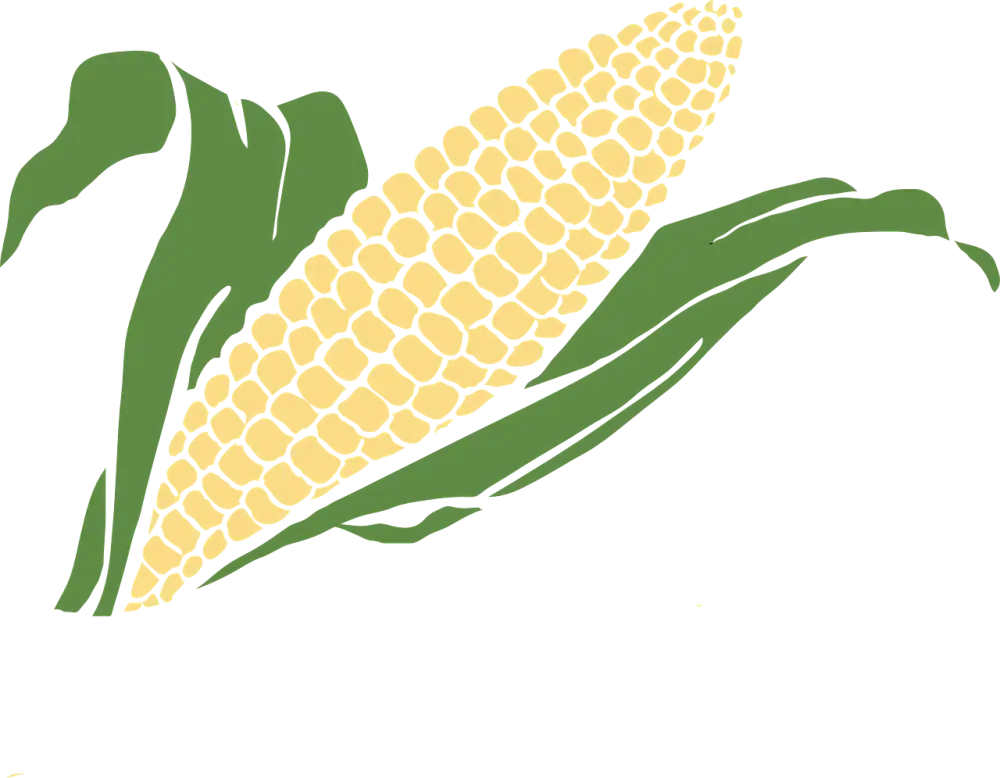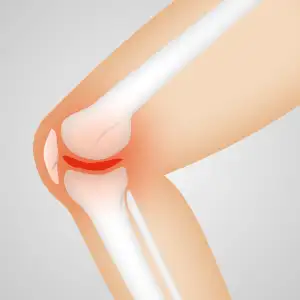Unlocking the Health Mysteries: Understanding the Curious Phenomenon of Eating Corn Starch

Corn starch, a common ingredient found in many culinary creations, has recently gained attention for its unusual consumption. The act of eating corn starch, known as amylophagia, is often associated with a condition called pica. Pica is characterized by the persistent craving and ingestion of non-food substances such as dirt, ice, or in this case, corn starch. In this article, we will delve into the mysteries surrounding the consumption of corn starch and explore its connection to pica.
Understanding pica and its causes
Pica is a fascinating phenomenon that involves the consumption of non-food substances, such as corn starch. While it may seem strange to some, pica is actually a recognized eating disorder that can affect people of all ages. The exact causes of pica are still not fully understood, but there are several factors that have been identified as potential triggers. These include nutritional deficiencies, such as iron or zinc deficiency, mental health conditions like obsessive-compulsive disorder (OCD), and developmental disorders like autism spectrum disorder. Additionally, pica can sometimes be a result of cultural or environmental influences. Understanding the underlying causes of pica is crucial in order to address and manage this unusual eating behavior effectively.
The potential health risks of consuming corn starch
Consuming corn starch, especially in large quantities, can pose potential health risks. One major concern is the risk of weight gain and obesity. Corn starch is high in calories and low in nutrients, so excessive consumption can lead to an imbalance in the diet. Additionally, consuming large amounts of corn starch can cause spikes in blood sugar levels, which may increase the risk of developing diabetes. Moreover, corn starch lacks fiber, which is essential for proper digestion and can lead to constipation if consumed excessively. It is important to be mindful of these potential health risks when considering the consumption of corn starch.
Nutritional value of corn starch and its impact on the body
Corn starch is a common ingredient found in many food products, but what exactly is its nutritional value and how does it impact the body? Corn starch is primarily composed of carbohydrates, providing a source of energy for the body. However, it lacks essential nutrients such as vitamins, minerals, and fiber. Consuming excessive amounts of corn starch can lead to weight gain and an increased risk of developing chronic conditions like diabetes. It is important to incorporate a variety of nutrient-rich foods into your diet to ensure overall health and well-being.
Tips for managing pica and reducing the consumption of corn starch
1. Identify triggers: Pay attention to situations or emotions that may lead to cravings for corn starch. Keep a journal to track patterns and identify triggers.
2. Find alternatives: Substitute corn starch with healthier options like fruits, vegetables, or whole grains. These provide essential nutrients and can help satisfy cravings.
3. Distract yourself: Engage in activities that divert your attention from consuming corn starch. This could include hobbies, exercise, or spending time with loved ones.
4. Seek support: Talk to friends, family, or support groups who can offer encouragement and understanding during your journey to reduce corn starch consumption.
5. Gradual reduction: Instead of quitting cold turkey, gradually decrease the amount of corn starch you consume each day. Set achievable goals to avoid overwhelming yourself.
6. Stay hydrated: Drinking plenty of water can help reduce cravings for non-food items like corn starch.
7. Balanced diet: Ensure you're getting a well-rounded diet with all the necessary nutrients from various food groups. This will help reduce cravings and promote overall health.
Remember, managing pica requires patience and perseverance. If you find it challenging to control your cravings or experience any adverse health effects, seek professional help for guidance and support.
Seeking professional help for pica and related health concerns
If you or someone you know is struggling with pica and the consumption of corn starch, it is important to seek professional help. A healthcare provider can assess your symptoms, determine the underlying cause of pica, and develop an appropriate treatment plan. They may refer you to a mental health specialist who can provide therapy and support to address any psychological factors contributing to pica. Additionally, a registered dietitian can help create a balanced meal plan that meets your nutritional needs and reduces the desire for non-food substances like corn starch. Remember, seeking professional help is crucial for managing pica and promoting overall health and well-being.
In conclusion, it is important to promote a balanced and healthy diet to prevent pica. While the consumption of corn starch may seem tempting, it is crucial to understand the potential health risks associated with it. By focusing on a nutrient-rich diet that includes a variety of fruits, vegetables, lean proteins, and whole grains, we can ensure our bodies receive the necessary vitamins and minerals they need. Additionally, seeking professional help for pica and related health concerns is essential in managing this condition effectively. Let us prioritize our well-being by making informed choices and maintaining a balanced approach to our food choices.
Published: 17. 12. 2023
Category: Health



